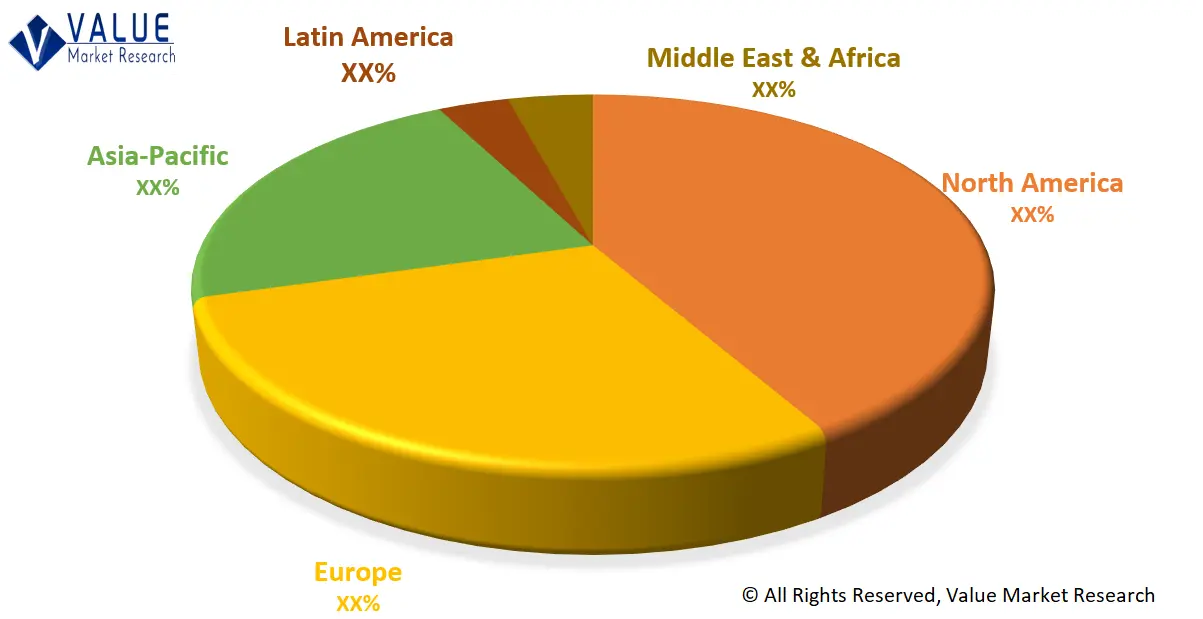The global demand for Systemic Antibiotics Market is presumed to reach the market size of nearly USD XX MN by 2028 from USD XX MN in 2021 with a CAGR of XX% under the study period 2022 - 2028.
Systemic antibiotics are antimicrobial medications used in the prevention and treatment of highly infectious infections. These antibiotics taken orally are generally considered when there is a high risk of infection associated with a surgical procedure, unusually severe microbial infection consequences, or a high NNIS risk index. The key benefit of systemic antibiotic administration lies in the fact that the antimicrobial substance reaches all pockets of the infected area and other oral niches colonized by the bacteria and are generally administered orally or intravenously, i.e., directly into the bloodstream of patients. If systemic antibiotic treatment is used, topical therapy is not necessary.
Market Dynamics
A rise in the percentage of infectious and chronic diseases and the high prevalence of dental disorders among the global population is the primary stimulants for the growth of the systemic antibiotics market. The demand for systemic antibiotics will continue to grow at a steady pace. These drugs play an essential role in treating severe oral infections, chronic wounds, moderate-to-severe inflammatory acne vulgaris, gynecological bone and joint infections, urinary tract infections, and many other bacterial infections. Increased investments from government and private organizations in the research and development of new antibiotics will augment the global systemic antibiotics market. The emerging bacterial resistance to antibiotics and several adverse reactions like allergic reactions, hypersensitivity reactions, anaphylaxis, and rashes associated with systemic antibiotics intake are hindrances to market growth.
The research report covers Porter's Five Forces Model, Market Attractiveness Analysis, and Value Chain analysis. These tools help to get a clear picture of the industry's structure and evaluate the competition attractiveness at a global level. Additionally, these tools also give an inclusive assessment of each segment in the global market of systemic antibiotics. The growth and trends of systemic antibiotics industry provide a holistic approach to this study.
Market Segmentation
This section of the systemic antibiotics market report provides detailed data on the segments at country and regional level, thereby assisting the strategist in identifying the target demographics for the respective product or services with the upcoming opportunities.
By Drug Class
- Beta Lactam & Beta Lactamase Inhibitors
- Quinolone
- Macrolide
- Others
By Indication
- Urinary Tract Infection
- Intra-Abdominal Infections
- Blood Stream Infections
- Clostridium Difficile Infections
- Others
By End-Users
- Hospitals
- Homecare
- Specialty Clinics
By Distribution Channel
- Hospital Pharmacy
- Online Pharmacy and Retail Pharmacy
Regional Analysis
This section covers the regional outlook, which accentuates current and future demand for the Systemic Antibiotics market across North America, Europe, Asia-Pacific, Latin America, and Middle East & Africa. Further, the report focuses on demand, estimation, and forecast for individual application segments across all the prominent regions.
Global Systemic Antibiotics Market Share by Region (Representative Graph)

Know more about this report: Download free sample
The research report also covers the comprehensive profiles of the key players in the market and an in-depth view of the competitive landscape worldwide. The major players in the systemic antibiotics market include Bausch Health, Teva Pharmaceutical Industries Ltd, Dr. Reddy's Laboratories Ltd, Sun Pharmaceutical Industries Ltd, Amneal Pharmaceuticals PLC, Pfizer Inc, Mylan N.V., Novartis AG, Hikma Pharmaceuticals plc, Aurobindo Pharma, allergan, GlaxoSmithKline plc. This section consists of a holistic view of the competitive landscape that includes various strategic developments such as key mergers & acquisitions, future capacities, partnerships, financial overviews, collaborations, new product developments, new product launches, and other developments.
In case you have any custom requirements, do write to us. Our research team can offer a customized report as per your need.

